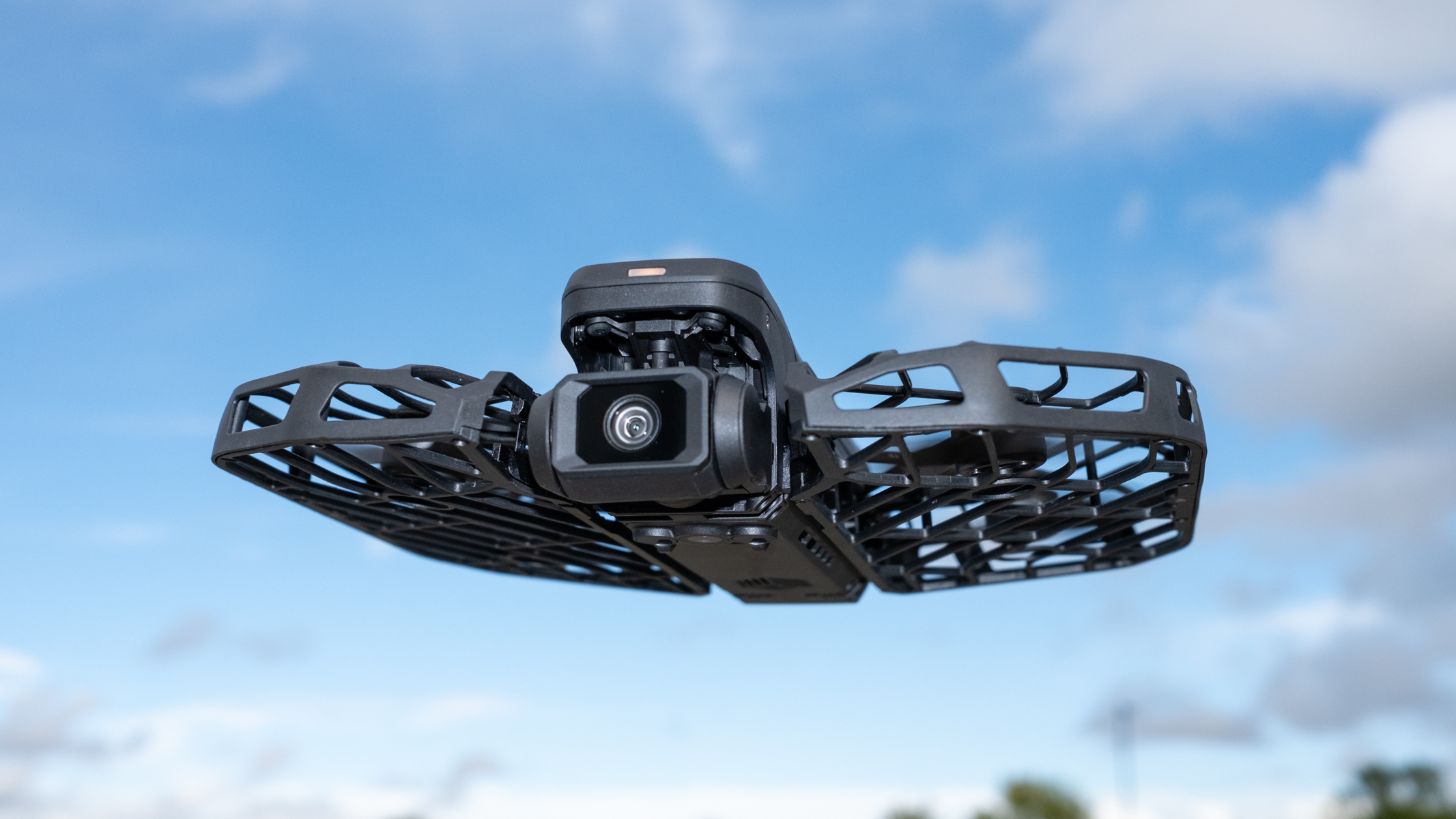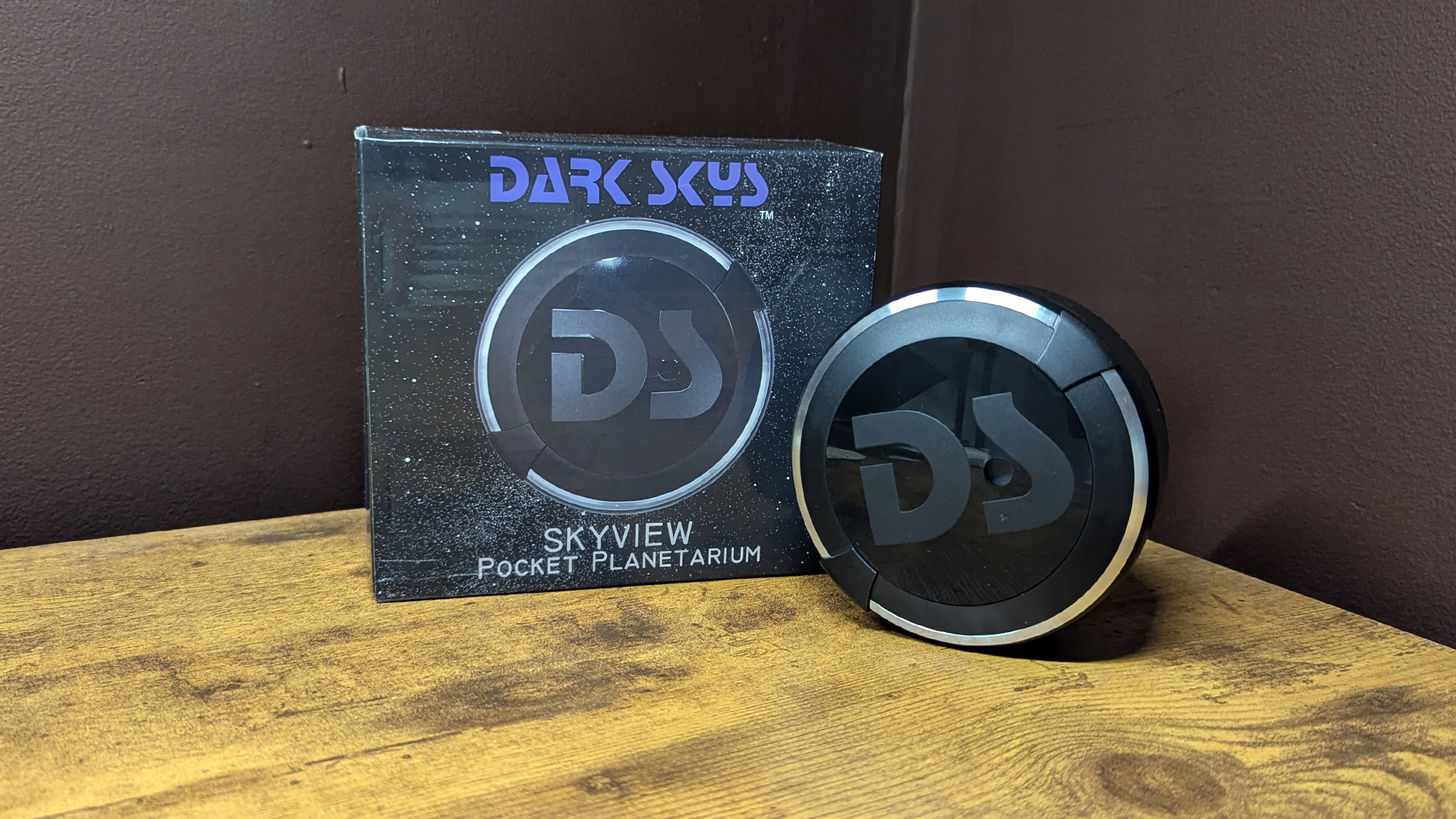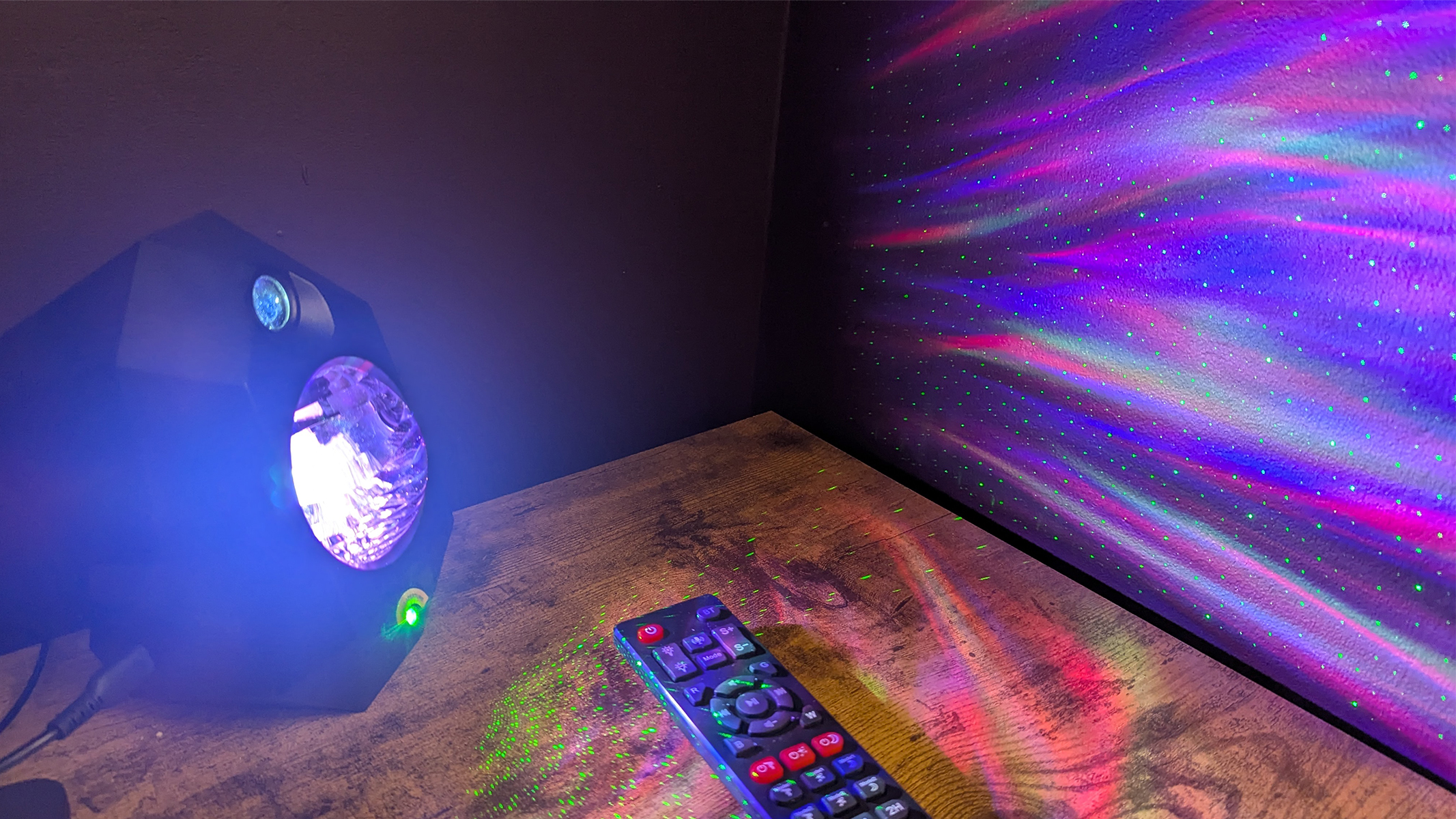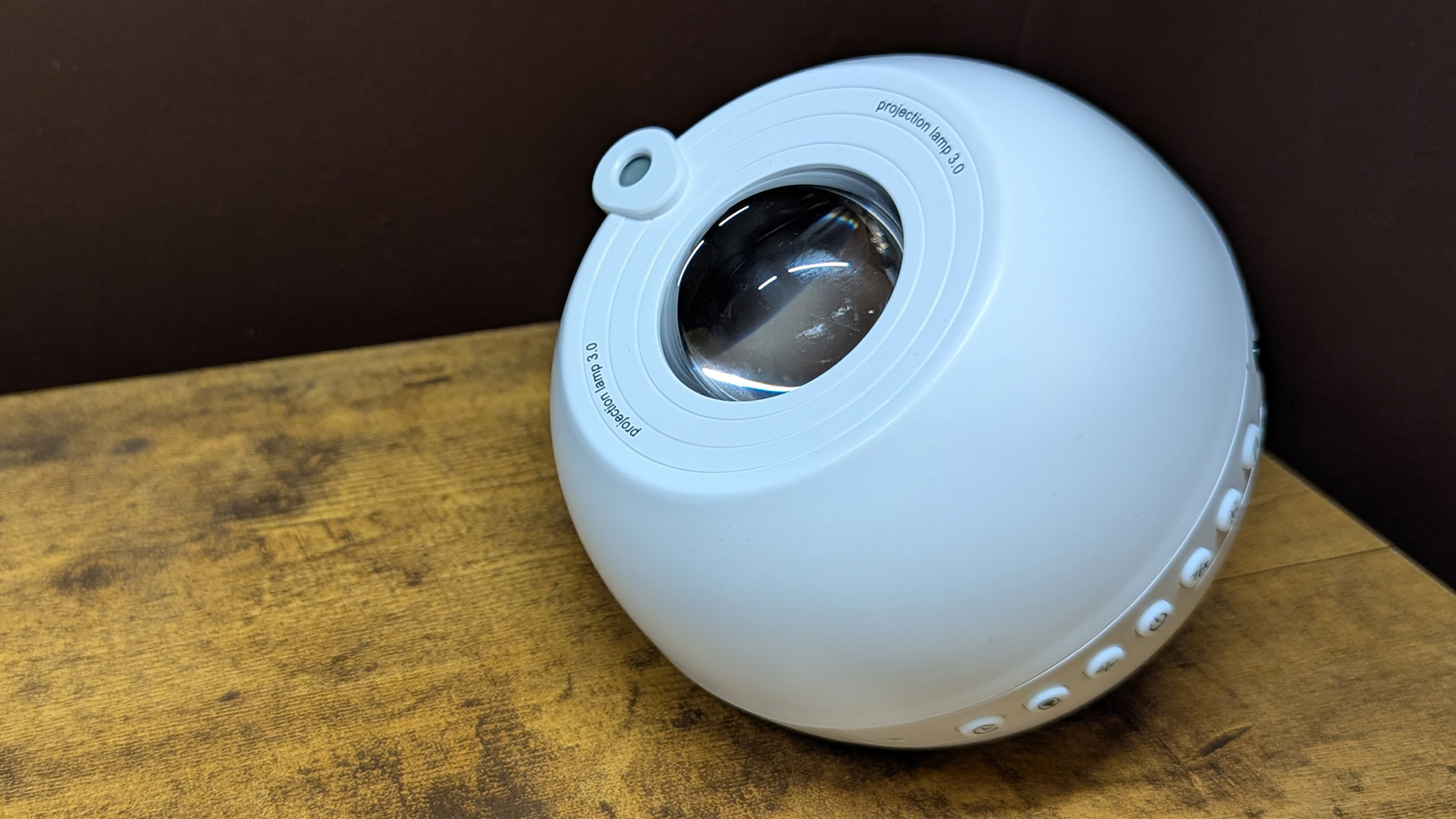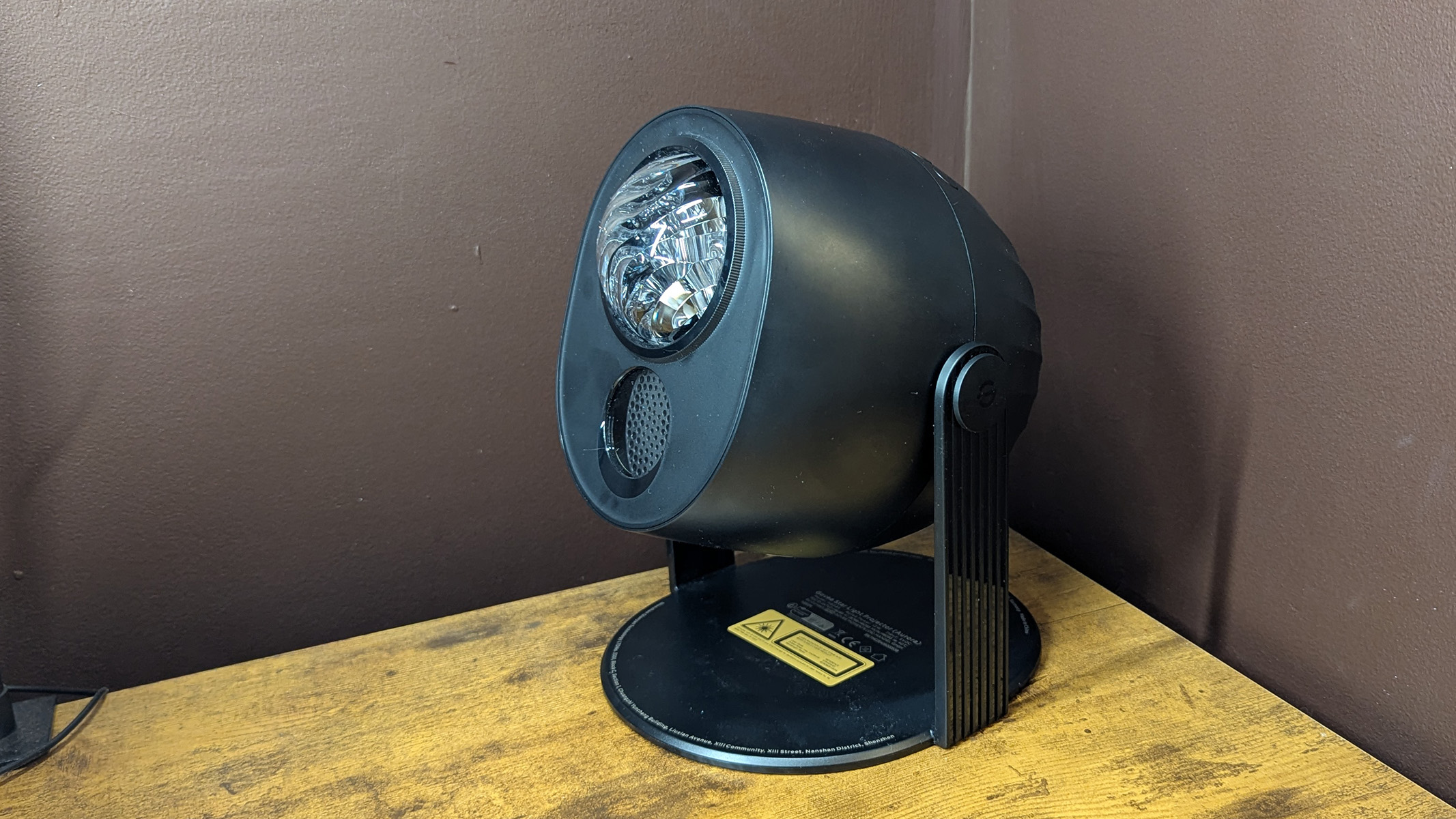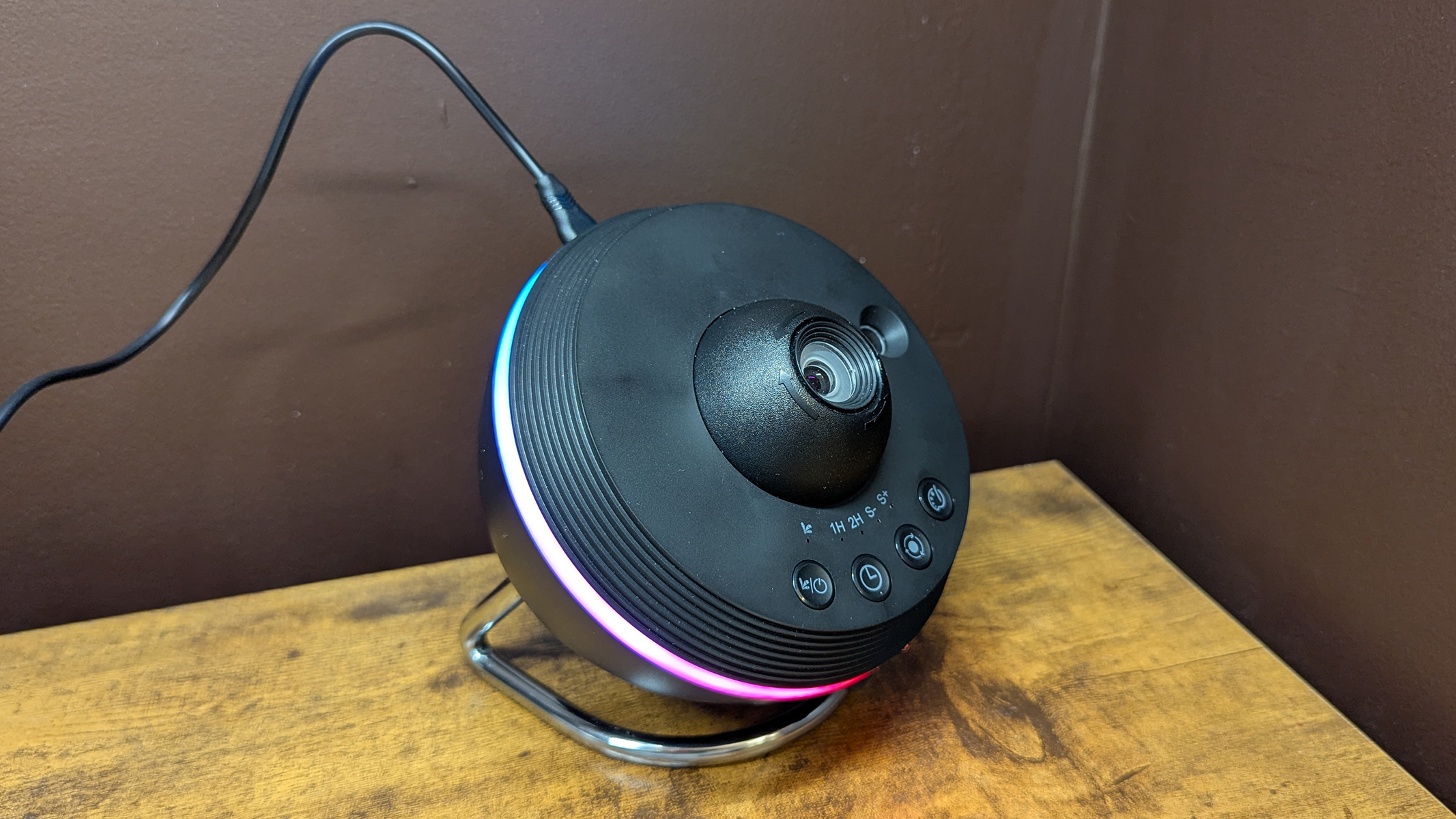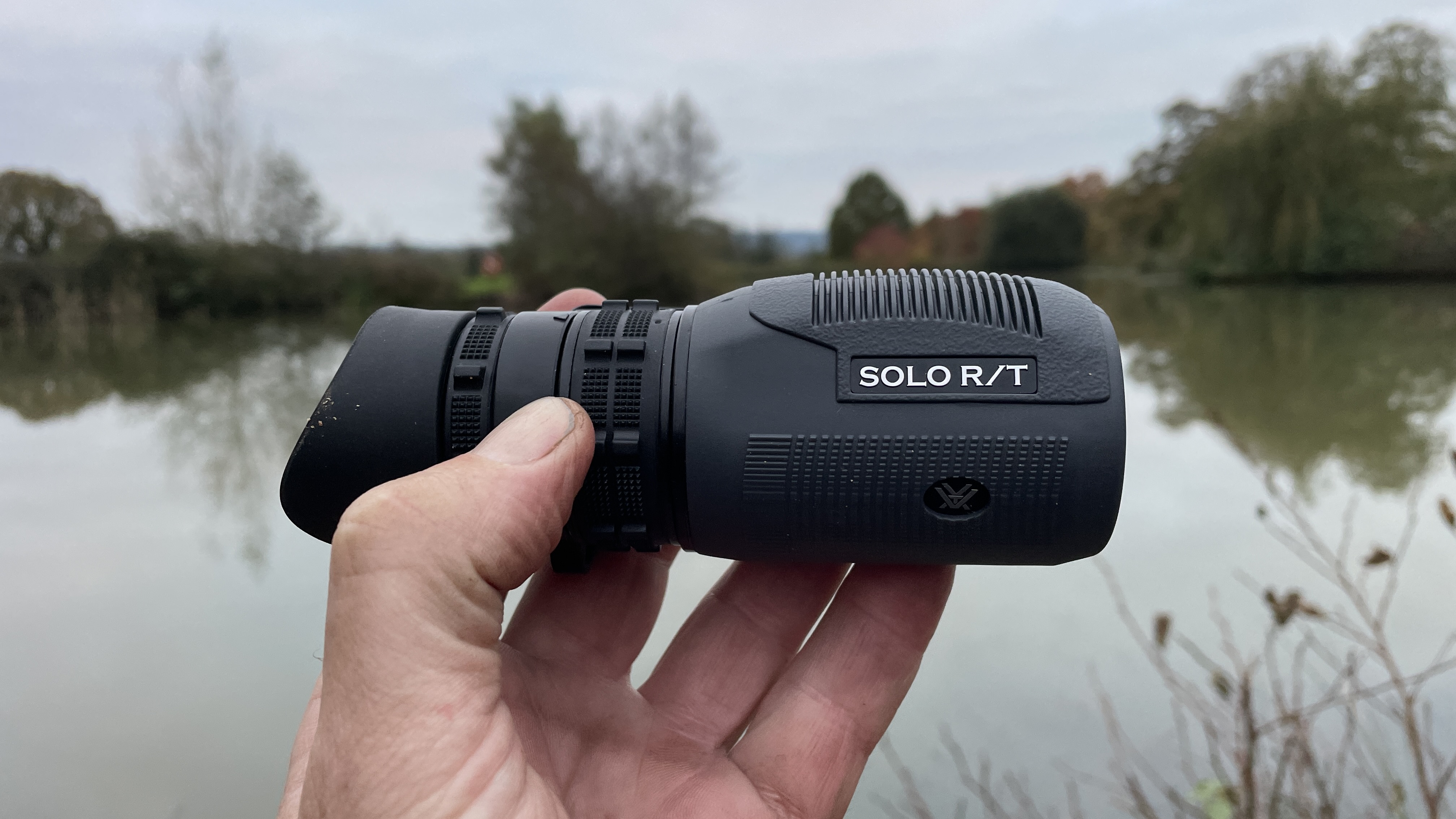Space Verdict
Pros
- +
Awesome image quality
- +
Small design
- +
Quality feel
Cons
- -
Unprotected eyepiece
- -
Small amount of magnification
- -
Premium price
Why you can trust Space.com
With the promise of its stablemates, the Nikon 5x15 HG Monocular has a lot to live up to. We were amazed by the quality of this little monocular's images, which were clear and very sharp.
The chassis is very solidly made and feels very comfortable. Although the unit isn't waterproof, it's so tiny that it can be stowed in a plastic bag and placed in a pocket, where it will be safe on beaches and long walks. With a magnification of 5x, the Nikon 5x15 HG is more for casual use on walks and anywhere you'd want to get a little closer to the action.
Nikon 5x15 HG monocular review
Nikon 5x15 HG: Design
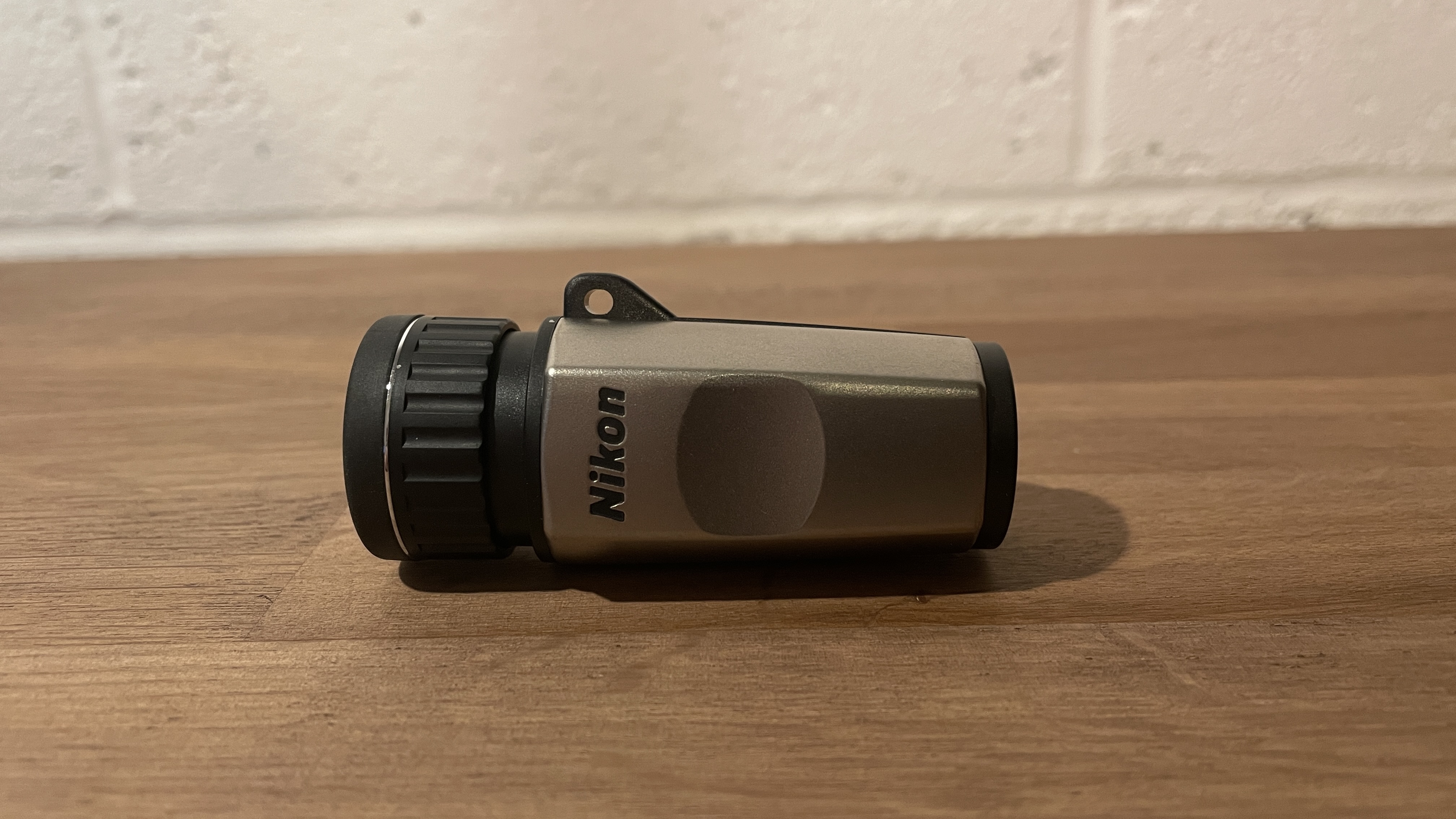
★★★★
- Comfortable usage
- Simple, ergonomic design
- Stainless-steel chassis
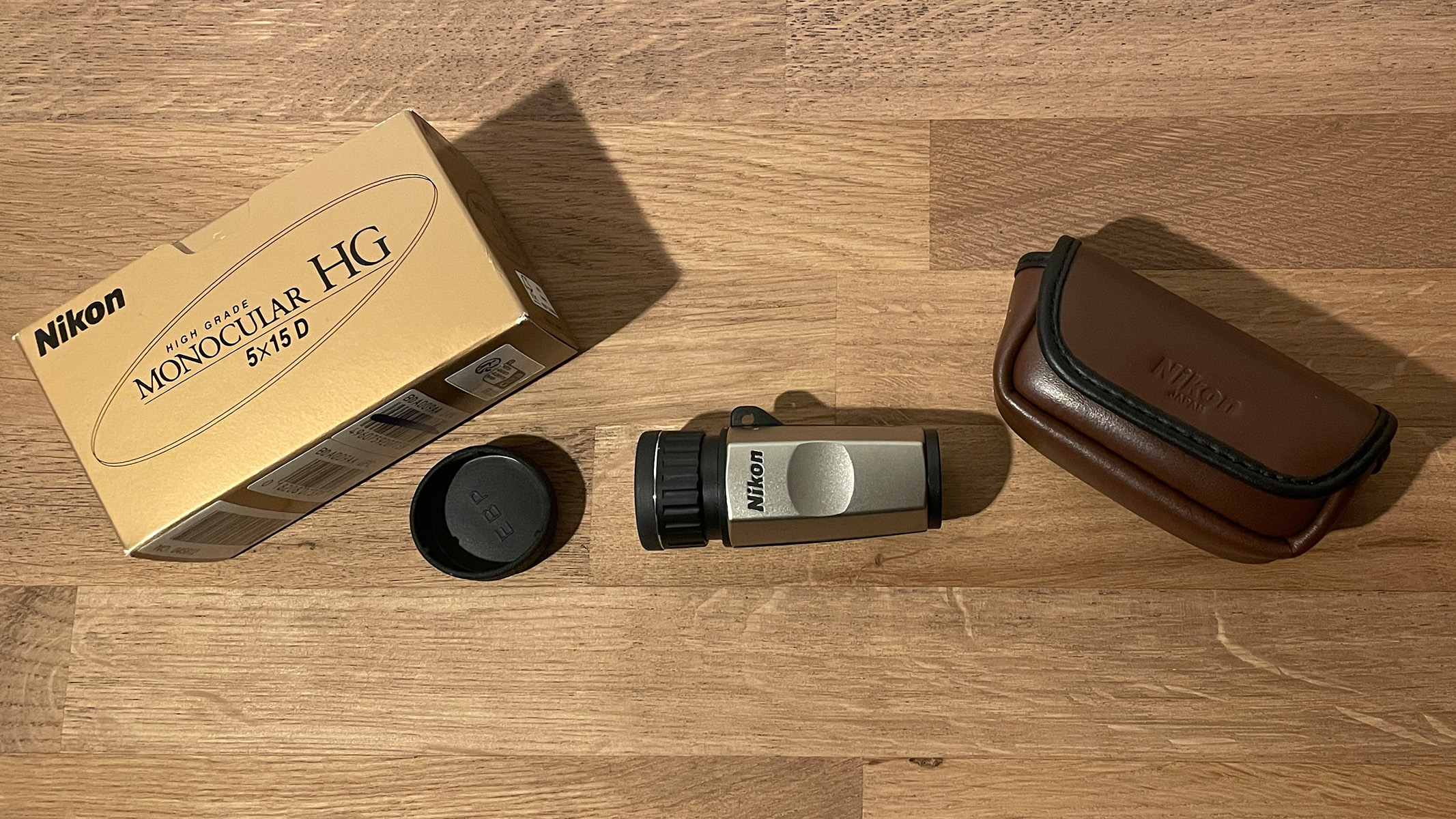
The Nikon 5x15 HG's streamlined design made it comfortable to use throughout our tests. There is 0.6 inch (15.8 millimeters) of eye relief, and the flat, rubber eyepiece allows for comfortable use with spectacles.
The focus ring is at the ocular end, as is the case with some Porro prism designs, where the focusing system lies inside. However, the 5x15 HG has a roof prism design, and the ocular can be seen moving back and forth as the focus wheel is turned. The smooth mechanism matches the high quality usually found in Nikon's products. The location of the focus ring means the monocular must be used with two hands — one to hold the unit steady and the other to turn the focus. We easily mastered this in our test, and the compact design made the unit easy and quick to use.
Design: Roof prism
Magnification: 5x
Objective lens: 15 mm
Eye relief: 15.8 mm
Weight: 2.6 ounces / 75 g
Dimensions: 2.8 x 1.2 x 1.2 inches (7.1 x 3 x 3 cm)
Durability: Well made but not waterproof
The eye relief is flat, with soft rubber around the lens. This design is comfortable but leaves the lens exposed to the elements. We found that it readily picked up lint and dirt and could cause damage if not used carefully. A gentle cleaner would be a good preventive measure.
The stainless-steal housing feels very sturdy, giving our unit a pleasing weight.
Nikon 5x15 HG
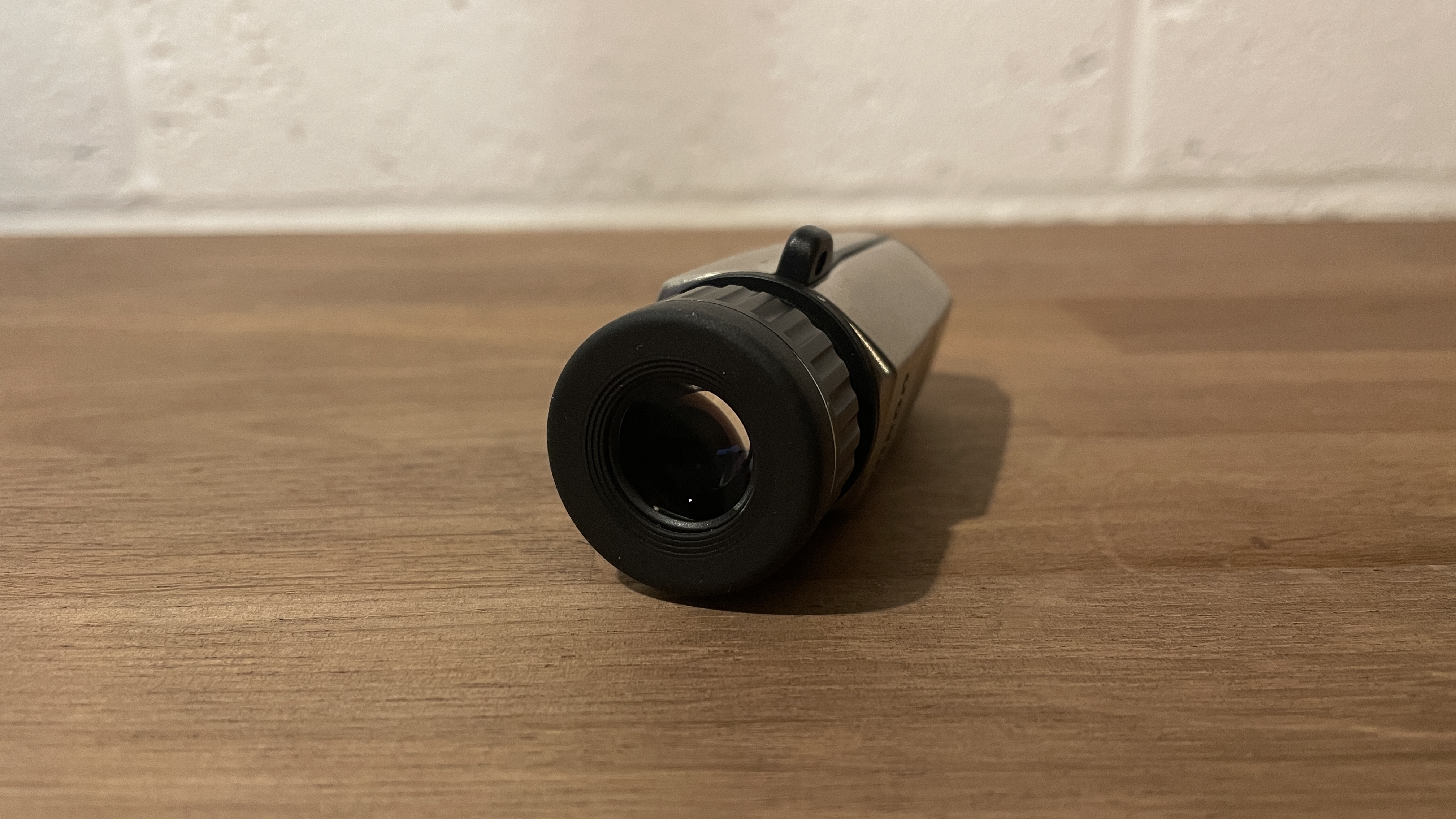
- Good low-light performance, thanks to multi-coatings of the lens and prism
- Sharp, clear images
- Relatively large field of view
★★★★
The Nikon 5x15 HG Monocular has a 9-degree field of view, which is aided by the unit's 5x magnification. This means you can see more of the image than the one from the larger, 7x model. That's because as the magnification increases, the field of view decreases. This equates to a difference of 47 feet (14 meters) at 1,000 yards (914 m) between the two units. The smaller unit's wider field of view more than makes up for its smaller magnification.
The 5x15 HG also features quality glass and glass coatings. As with most modern monoculars, the lenses are multicoated. Still, the 5x15 HG also has a silver-alloy reflective-coated roof prism, which is a step up from more affordable rivals' cheaper aluminum coatings. This results in a very clear and crisp image with a lot of extra detail.
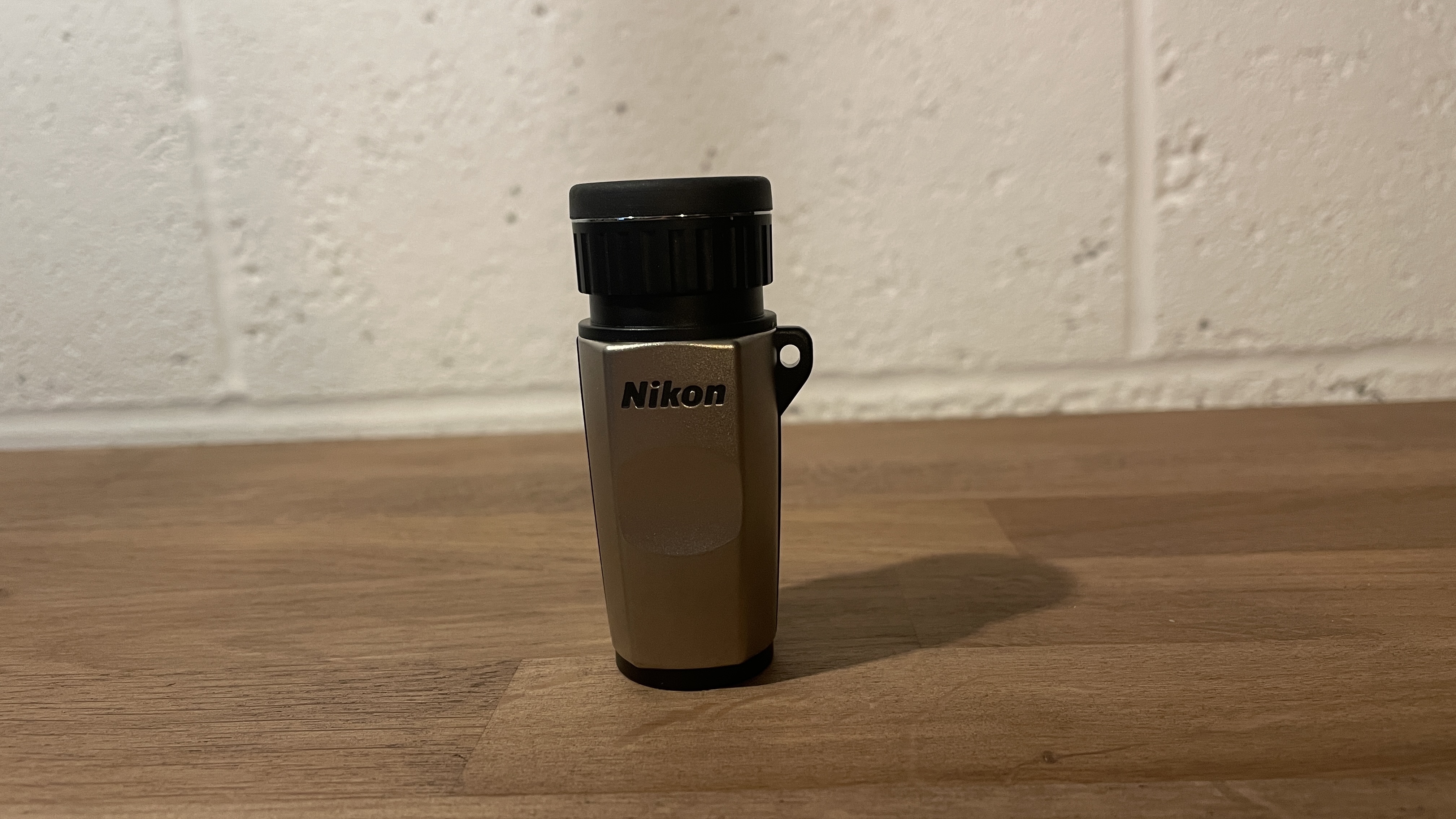
During the day, we found the 5x15 HG's image quality fantastic, which easily made up for its small 5x magnification. Watching moorhens on the riverbank from approximately 50 feet (15 m) away was an amazing experience. The contrast between the birds and the water and the light bouncing off the water's surface were comparable to images seen with top-end birding scopes. The colors were well rendered and distortion-free for almost the entire field of view; only at the very edge of the radius did the image start to deteriorate and become fuzzy.
At 2.6 ounces (75 grams), the Nikon 5x15 HG Monocular is very light, which makes it very comfortable for long periods of use. Despite its small size, the 5x15 HG manages to provide clear and bright images thanks to the multi-coatings. We were impressed by the monocular's performance when we used it at an indoor theater production. The images were rendered with outstanding clarity and enhanced the stage production. In this setting, the 5x15 HG was a great performer.
The 5x15 HG's small magnification makes it impossible to see distant stars and nebulas. However, you can still use it to observe the moon on a clear night. The low-light ability really comes into its own here.
Nikon 5x15 HG Monocular: Functionality
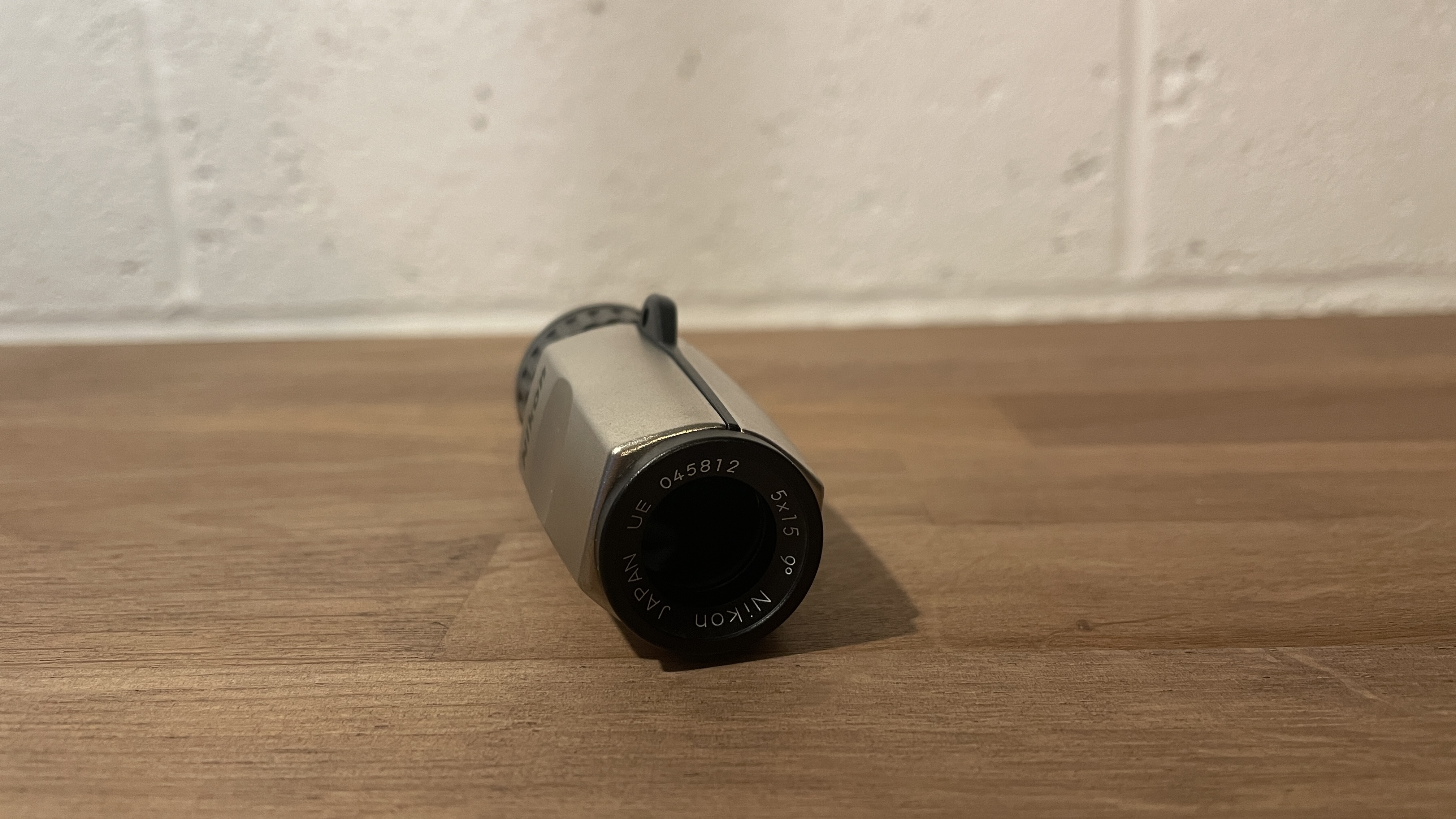
- Solid, stainless-steel body
- Small, leather pouch
- Good close-focus performance
★★★★
The Nikon 5x15 HG Monocular's stainless-steel body feels sturdier and tougher than Nikon suggests, given the company's advice to keep the unit in perfectly dry conditions. This solid construction is supported by the focus mechanism, which is very smooth and has a well-engineered feel. However, we recommend you wrap the 5x15 HG in a plastic bag just in case.
The accessories include a small, leather pouch, which wouldn't provide much protection on wet days. There's also a thin lanyard that can be worn around the neck, although it's not really necessary given the unit's small size.
The 5x15 HG has a close focus range of 24 inches (61 cm), which makes for great close-ups in art galleries. With its low-light ability, this monocular is a real star in interior spaces. Thanks to the 5x15 HG's sharp image quality, we were able to get closer to paintings and see the mechanics of the artworks. Paint strokes were visible, and even bumps and marks became clear. We would have missed these details without the 5x15 HG.
User reviews of the Hawke Endurance ED 10x42
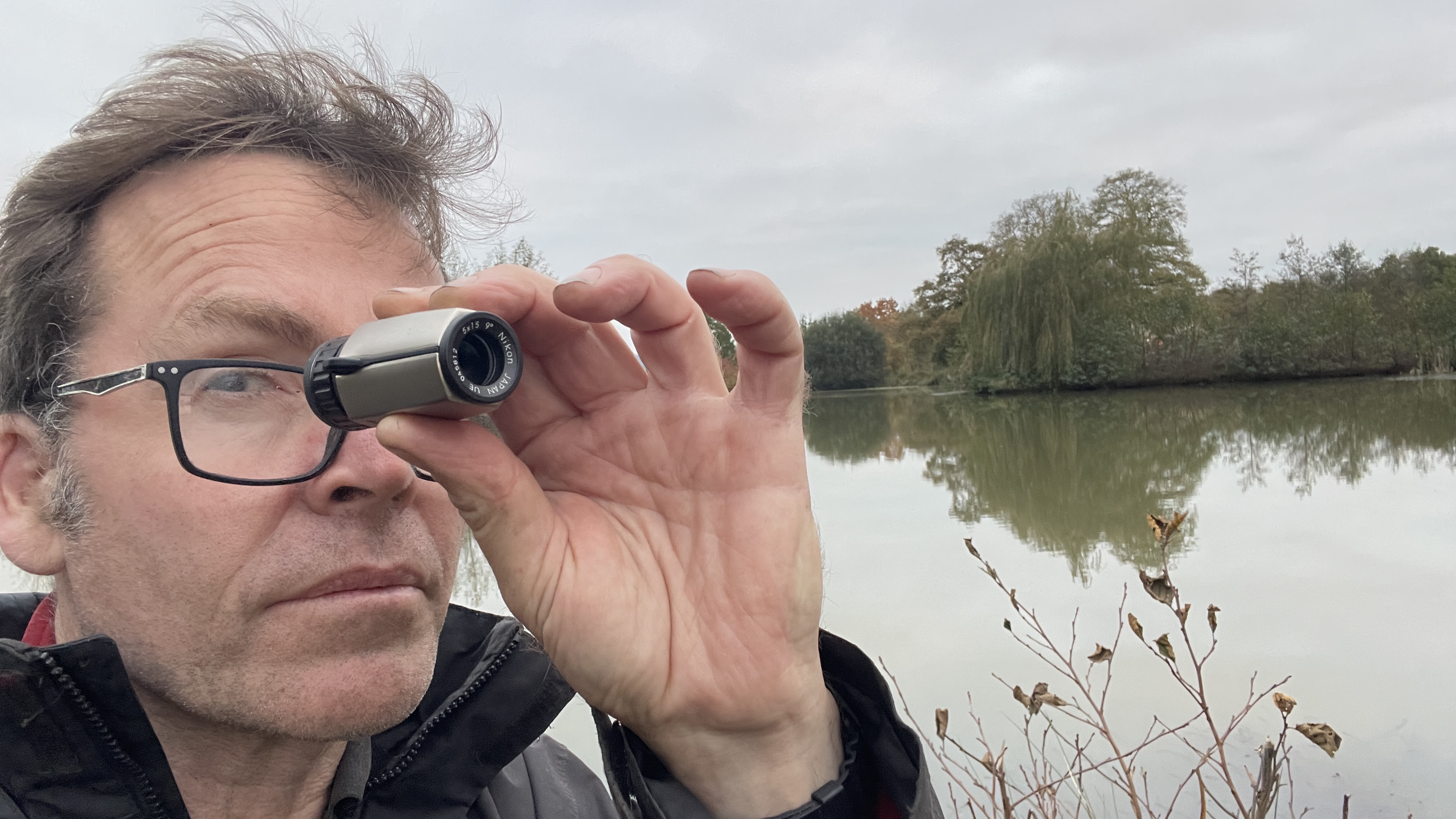
Users have been saying the unit is well-made and has good optics. It is of high quality but is expensive. Due to its small size, it is very inconspicuous. At 5x its is less susceptible to camera shake than its 7x stablemate.
Should you buy the Nikon 5x15 HG Monocular?
The 5x15 HG is an impressive device with remarkable capabilities, especially considering its compact size. One of its standout features is its exceptional optical clarity, which provides sharp and vibrant images even in challenging lighting conditions. The 5x15 HG's low-light performance is also noteworthy, making this monocular a reliable choice for observations at dusk or dawn. It may not offer the highest magnification or rugged all-weather capability, but it provides top image quality in a convenient size.
Although the Nikon 5x15 HG is priced at the higher end of the market, the performance quality is well worth the investment. However, it's important to note that if you're specifically seeking the highest level of magnification or robust, all-weather durability, this model may not meet those needs. Instead, the 5x15 HG shines in its ability to deliver outstanding image quality in a portable and easy-to-handle device. It is a fantastic option for people who prioritize top-tier visual experiences in a smaller format.
If the Nikon 5x15 HG Monocular isn't for you
If the Nikon 5x15 HG Monocular isn't for you but you are still interested in small monoculars, consider the Canon Zoom digital monocular. Nikon also has an HG monocular with 7x magnification, but it has a smaller depth of field due to the increased magnification.
Another option is the Celestron Outland X 10x50 Monocular, which is much cheaper but still delivers top-quality imagery.
How we tested the Nikon 5x15 HG Monocular
We put every instrument through a rigorous review to test it thoroughly.
We review each instrument on many aspects, including its construction and design, how well it functions as an optical instrument, and how it performs while on location. We look at the included accessories and suggest other equipment if it would benefit the experience.
Each team member carefully tests each instrument and is knowledgeable about its subject areas. Hands-on experience is a vital part of the process.
Join our Space Forums to keep talking space on the latest missions, night sky and more! And if you have a news tip, correction or comment, let us know at: community@space.com.

Matt Morris is a keen astronomer, wildlife watcher and photographer living in Somerset, UK. He started stargazing and birdwatching at the age of 10 with his father who took him to bird hides and nature reserves around England. This sparked his interest in cameras and optics, a passion that has now spanned the better part of four decades and led to his being featured in several national photography magazines for competition-winning photos.
